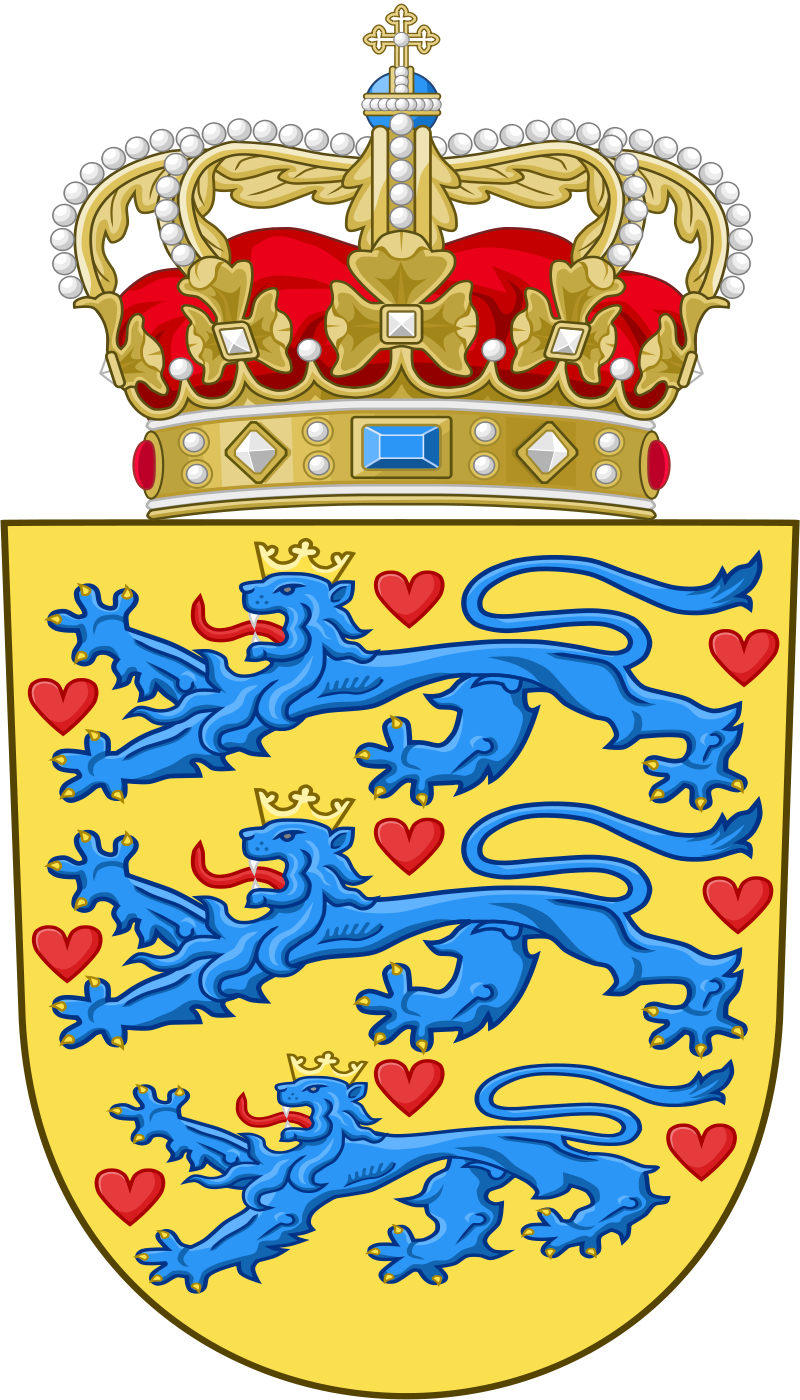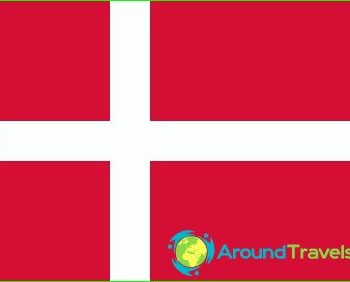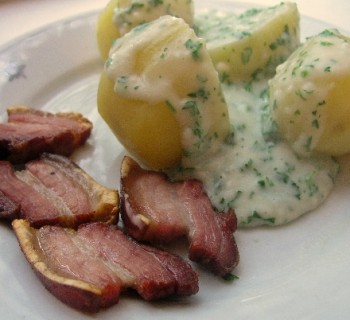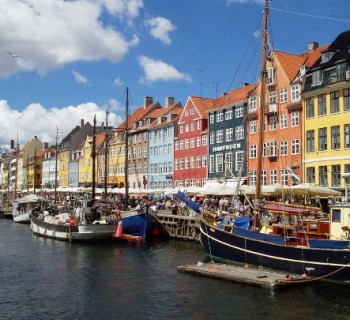Coat of arms of Denmark

Probably, few people thought about what was depicted on the shields and banners of the great Hamlet, Prince of Denmark. The modern coat of arms of Denmark as the main state symbol of the country has a very short history; its image was approved in 1972.
Beauty and greatness
Such definitions can be given to the coat of arms of modern Denmark. Despite the fact that the coat of arms has not yet celebrated the fiftieth anniversary of its introduction, the symbols that are depicted on it have been used in European heraldry since the Middle Ages..
First, a golden shield is used, symbolizing luxury, wealth, success. On the golden field, no less bright characters are formidable lions, and not ordinary ones, but leopard lions, that is, strength and cunning, multiplied in two. The color of the animal's suit is blue, turquoise, referring to the palette used by the monarchs and those close to them. Nine fiery red hearts, evenly distributed over a golden field, complete this majestic picture..
Royal symbol
The Royal Coat of Arms of Denmark is a much more complex picture, its symbolism in the spirit of European medieval traditions. The main elements of the main symbol of the Danish monarchy:
- a shield divided into four fields;
- central flap;
- «forest people», holding a shield on both sides;
- the royal crown crowning the symbol;
- two orders.
The background of all this splendor is the royal mantle - purple velvet lined with ermine fur.
There are several secrets that intellectuals are not even aware of. First, those who believe that the separation of the main field is due to the drawing of perpendicular lines are mistaken. In fact, a white-red image is superimposed on the shield, with the help of which four fields are formed, each with its own symbols.
The first and third fields have the same images, already familiar from the modern coat of arms of Denmark - three lions, nine hearts on a gold background. In the second field, the picture is distinguished by the absence of one lion. This is a reminder of Schleswig, a former Danish territory now within the borders of Germany. The fourth field is divided into three more parts. In one of them, you can see three crowns, symbols of the Kalmar Union, the unification of three states under the rule of Denmark. Two more silver representatives of the fauna symbolize the former Danish territories: the ram - the Faroe Islands, the bear - Greenland.


